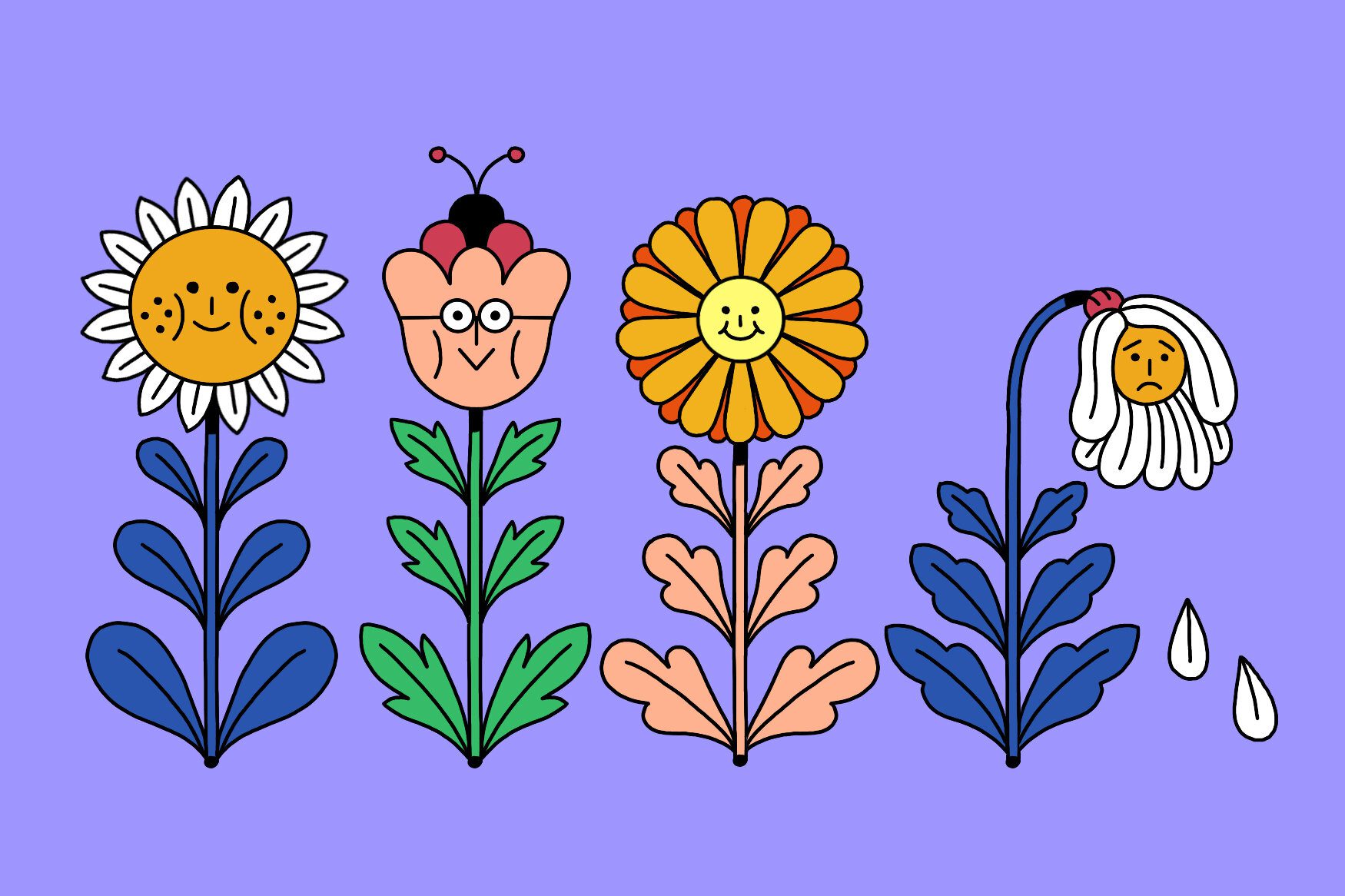Art therapy is a type of psychotherapy that uses art as a means of expression to promote mental health and emotional well-being. Through art therapy, individuals can reduce stress and anxiety, improve their mood, increase self-awareness, gain self-esteem, and learn to control their emotions. Art therapy promotes mindfulness, fosters creativity, develops problem-solving skills, and provides a safe space for emotional expression. It can be conducted in a group or individual setting and is used to treat a variety of conditions such as depression, anxiety, trauma, and ADHD. Overall, art therapy offers a unique and effective way to improve mental health and well-being.
10 Ways Art Therapy Can Improve Mental Health and Well-Being
Art therapy is a form of psychotherapy that has become increasingly popular in recent years. It involves the use of various forms of art to express thoughts, feelings, and emotions that are difficult to put into words. The process of creating can be therapeutic in itself, but art therapy can also be used to achieve specific therapeutic goals. Here are ten ways that art therapy can improve mental health and well-being.
1. Reduces stress and anxiety
Creating art can be a relaxing and meditative process that helps to reduce stress and anxiety. Art therapy encourages individuals to focus on the present moment and the process of creating rather than worrying about the future or ruminating on the past. This can be particularly helpful for individuals who struggle with anxiety disorders.
2. Improves mood
Creating art can be a mood booster. Studies have shown that engaging in creative activities can help to increase feelings of happiness, joy, and fulfillment. Art therapy can be a beneficial treatment option for individuals who struggle with depression or low mood.
3. Enhances self-awareness
In art therapy, individuals are encouraged to express themselves through various mediums. This process can help individuals to become more self-aware and understand their thoughts and feelings better. Art therapy can be especially helpful for individuals who struggle to communicate their emotions verbally.
4. Increases self-esteem
Creating art can be a confidence booster. Seeing a finished piece of artwork that you created can help to increase feelings of self-worth and self-esteem. This can be especially helpful for individuals who struggle with low self-esteem.
5. Promotes mindfulness
Engaging in the art-making process requires individuals to focus their attention on the present moment. This can help to promote mindfulness and reduce racing thoughts. Art therapy can be an effective treatment option for individuals who struggle with attention deficit hyperactivity disorder (ADHD).
6. Provides a sense of control
Creating art can provide individuals with a sense of control. In a world that often feels chaotic and unpredictable, art therapy offers individuals the opportunity to make choices and have control over the creative process. This can be especially beneficial for individuals who have experienced trauma or other situations where they felt a lack of control.
7. Fosters creativity
Art therapy encourages individuals to tap into their creativity and use it as a tool for self-expression and healing. This can help to foster creativity and outside-the-box thinking, which can be helpful in other areas of life.
8. Facilitates problem-solving skills
Creating art often requires problem-solving skills. Art therapy can help individuals to develop and improve their problem-solving skills, which can be beneficial in other areas of life, such as work or relationships.
9. Offers a safe space for emotional expression
Art therapy provides individuals with a safe space to express themselves emotionally without fear of judgment. This can be especially helpful for individuals who are not comfortable sharing their emotions with others verbally.
10. Improves socialization skills
Art therapy can be done in a group setting, which can help to improve socialization skills. Participating in group art therapy sessions allows individuals to connect with others and build social skills while also benefiting from the therapeutic aspect of the process.
Conclusion
Art therapy is a versatile and effective form of therapy that can enhance mental health and well-being in numerous ways. It provides individuals with a unique opportunity to express themselves creatively while also achieving specific therapeutic goals. Whether used in conjunction with other forms of therapy or as a standalone treatment option, art therapy has the potential to improve the lives of many individuals.
